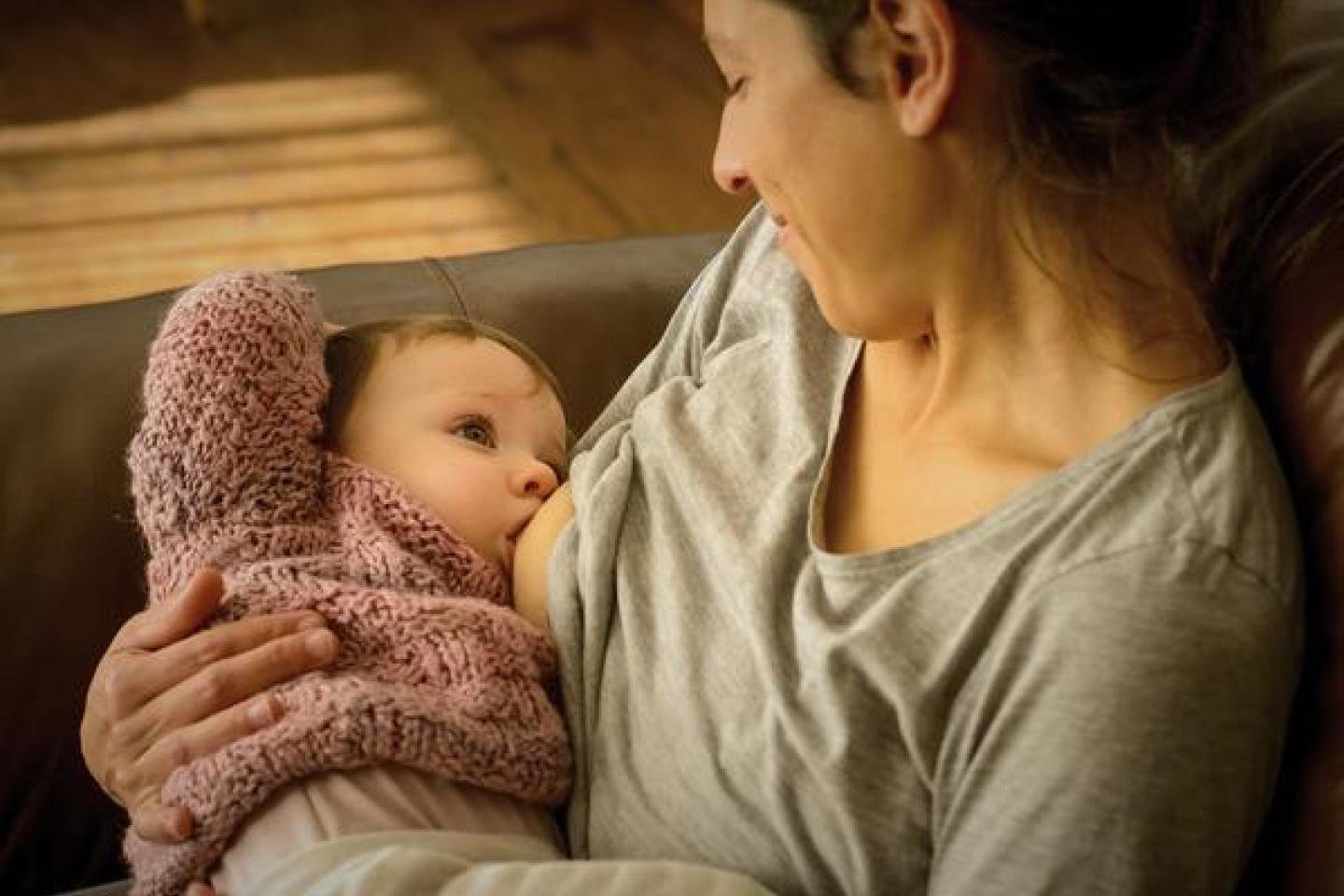Experts widely recognize breastfeeding as the healthiest feeding method for infants, benefiting both baby and mother. However, the lack of an accurate breastfeeding data device has long made it difficult to know exactly how much milk a baby consumes during each feeding session.

Addressing this long-standing challenge, researchers at Northwestern University have unveiled a breakthrough innovation — a compact, wireless wearable breastfeeding monitor. Designed by a multidisciplinary team of engineers, pediatricians, and neonatologists, this soft, skin-friendly device wraps gently around the breast and wirelessly streams real-time data to a smartphone or tablet. It provides mothers and clinicians with accurate, live feedback on how much milk an infant consumes during breastfeeding.
Why a Breastfeeding Data Device Provides Essential Real-Time Milk Monitoring
Traditionally, determining milk intake during breastfeeding has involved indirect methods such as pre- and post-feed baby weighing or bottle feeding expressed milk. These methods are either inconvenient or detract from the essential bonding experience of breastfeeding at the breast. With the new wearable breastfeeding monitor, parents can now see precise intake data without disrupting the natural feeding process.
John A. Rogers, a leading bioelectronics expert at Northwestern and principal developer of the device, emphasizes the importance of removing this ambiguity. “This technology eliminates that uncertainty, offering a convenient and reliable way to monitor milk intake in real time, whether in the hospital or at home,” said Rogers.
The innovation could be especially transformative for families with premature babies or those in neonatal intensive care units (NICUs), where precise nutrition monitoring is critical.
Addressing a Critical Clinical Need with a Breastfeeding Data Device
The project originated from a clinical need identified by neonatal specialists at Lurie Children’s Hospital. They approached Rogers’ team with the challenge of accurately measuring breast milk consumption without interfering with breastfeeding. Since the milk ducts are located deep beneath the skin, traditional optical or motion-based monitoring technologies were ineffective.
After several failed approaches, the researchers adopted a bioimpedance-based method. By applying a small, safe electrical current through the breast and measuring voltage differences, they could detect subtle changes in electrical properties as milk volume decreased during nursing. These variations were then translated into real-time milk volume data via a smartphone app.
“This was the last strategy we tried, unfortunately. But fortunately, we found that we were able to make it work really well,” said Rogers.
Rigorous Testing and Clinical Validation
To ensure accuracy and reliability, the team underwent a comprehensive testing process. Initial evaluations involved benchtop experiments with artificial breast models. Later, they created anatomically accurate computer simulations using patient-specific data to understand how different breast shapes and tissue types affect results.
The device was then tested on 12 mothers — both in NICU settings and at home. These early tests confirmed the system’s accuracy by comparing its readings with traditional milk volume measurements and baby weight changes before and after breastfeeding.
Dr. Daniel Robinson, a Northwestern Medicine neonatologist and co-author of the study, emphasized the implications for NICU care. “We expect this sensor to be a big advance in lactation support, reducing stress for families and increasing certainty for clinicians,” he said.
Personalized Breastfeeding Data Device for Every Mother
One of the most impressive aspects of this device is its adaptability. Mothers can calibrate the device based on their individual breast anatomy by using it during a session with a breast pump and measuring milk output. This calibration ensures that the wearable breastfeeding monitor provides accurate, customized results for each user.
The device consists of a thin, soft cord that wraps around the breast, with gentle adhesive electrodes on each end and a lightweight base station in the middle. The base unit houses a rechargeable battery, Bluetooth module for data transfer, and internal memory — all enclosed in a soft, silicone shell for comfort.
Enhancing NICU Care and Beyond
In NICU environments, where feeding preterm infants requires exact precision, the wearable breastfeeding monitor could be a game-changer. These infants often have underdeveloped digestive systems and require closely monitored feeding protocols. The device could allow more NICU babies to experience the advantages of breastfeeding while ensuring clinicians have the data they need.
“Currently, we often can’t allow NICU babies to breastfeed directly because we lack a reliable way to track how much they’re drinking,” said Dr. Jennifer Wicks, pediatrician at Lurie Children’s. “With this sensor, we could enable more mothers to breastfeed safely in clinical settings.”
Future Potential and Expansion
While the current version focuses on measuring milk output during breastfeeding, researchers aim to extend its functionality. Future iterations could monitor milk production by measuring how the breast refills after feeding. There’s also potential to evaluate milk quality — such as fat content — which would offer a deeper understanding of infant nutrition.
In terms of design evolution, the team envisions integrating the sensors into everyday garments like breastfeeding bras for enhanced comfort and convenience. Further studies are also underway to validate the device across diverse skin tones and breast compositions, ensuring inclusivity.
“Breastfeeding can be an emotional journey filled with anxiety and self-doubt,” said Wicks. “This technology offers tangible reassurance that a baby is getting enough milk, which can support mothers’ mental health and breastfeeding success.”
Bridging Technology and Human Care
This device stands as a perfect example of how interdisciplinary collaboration — combining medical insight with cutting-edge engineering — can create solutions that deeply impact human lives. Supported by organizations including the Querrey Simpson Institute for Bioelectronics, the Defense Health Agency, and the National Research Foundation of Korea, the study marks a major milestone in pediatric care.

By empowering parents and improving clinical decision-making, this wearable breastfeeding monitor is poised to support healthier infants, more confident mothers, and better outcomes across hospitals and homes worldwide.





“Startups in quantum optics use HPC – simulate photonic circuits for computing.”